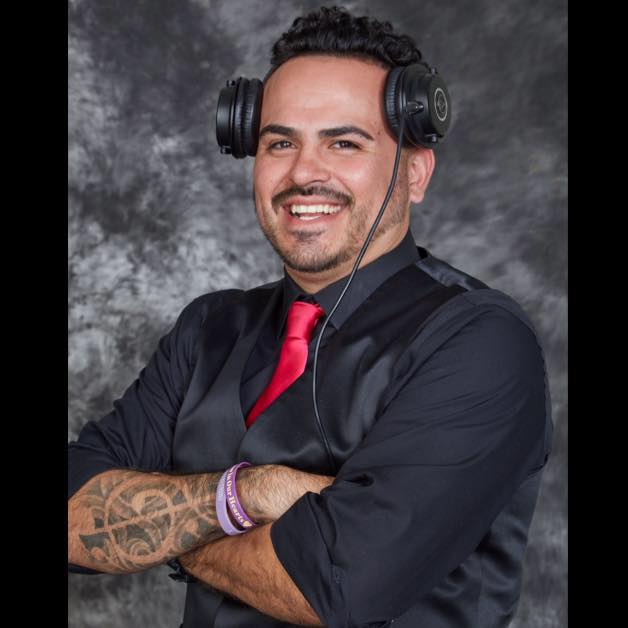

Therefore, further research is very likely to have an important impact on our confidence in the estimate of treatment effect and is likely to change the estimate. In the light of these serious limitations in methodology, the overall quality of the evidence provided by the included trials is judged to be low. The sample size of each of the included studies was very small, which means it is highly likely that participants in these studies were not representative of its target population.

One study showed high risk of other bias as the baseline characteristics of participants seemed to be unequal. Only one study implemented blinding of outcome assessment and was at low risk for detection bias. The three included studies were deemed to have high risk of performance bias as, given the nature of the intervention, blinding of participants was not possible.

The two quasi‐randomised trials used randomisation but did not report the method for generating the random sequence and were judged as having unclear risk of selection bias. The RCT was judged at low risk for selection bias. None of the included studies examined the effects of NSOMTs on any other primary outcomes, such as speech intelligibility, speech physiology and adverse effects, or on any of the secondary outcomes such as listener acceptability.

One study reported a change in postintervention articulation test results but used an inappropriate statistical test and did not report the results clearly. Two studies did not find NSOMT as adjunctive treatment to be more effective than conventional speech intervention alone, as both intervention and control groups made similar improvements in articulation after receiving treatments. Of the two quasi‐randomised controlled trials, one included 10 children (six boys and four girls), aged five years eight months to six years nine months, with speech sound disorders as a result of tongue thrust, and the other study included eight children (four boys and four girls), aged three to six years, with moderate to severe articulation disorder only.
#Eric z vibe out trial
One study, a randomised controlled trial (RCT), included four boys aged seven years one month to nine years six months ‐ all had speech sound disorders, and two had additional conditions (one was diagnosed as "communication impaired" and the other as "multiply disabled"). I had no idea for what reason and I don’t think that was the purpose, I’m sure that wasn’t the purpose he wanted the gun, but that’s just how it turned out.This review identified three studies (from four reports) involving a total of 22 children that investigated the efficacy of NSOMT as adjunctive treatment to conventional speech intervention versus conventional speech intervention for children with speech sound disorders. You got some arms, you got guns or got a gun, that was a sign of brotherhood with the street. He didn’t have the gun so he could go and shoot his brother. “To be honest, I don’t think was aiming to really hit him, in his defense,” Jaz-O explained. In a more recent interview with Complex, Hov’s mentor, Jaz-O remembered it being his gun that was used to shoot Eric. Since that incident, I’ve never lost it like that.” It was very, very foolish, you know, like a two-finger ring, but way back then, and it was like a certain thing leading up to these events. “It was a very stupid thing,” Jay-Z recalled in a 1999 interview with Vibe. I thought I’d go to jail for ever,” he told The Guardian years later. Fortunately, his brother survived the shooting and did not press charges against Jay-Z. Hov’s two older sisters, Andrea “Annie” Carter and Michelle “Mickey” Carter, were also present to witness him shooting Eric in the shoulder.
#Eric z vibe out crack
1, “You Must Love Me,” stemmed from Jay-Z’s older brother, Eric, being addicted to crack and stealing his ring. The incident, as recounted on the last track of In My Lifetime, Vol.


 0 kommentar(er)
0 kommentar(er)
